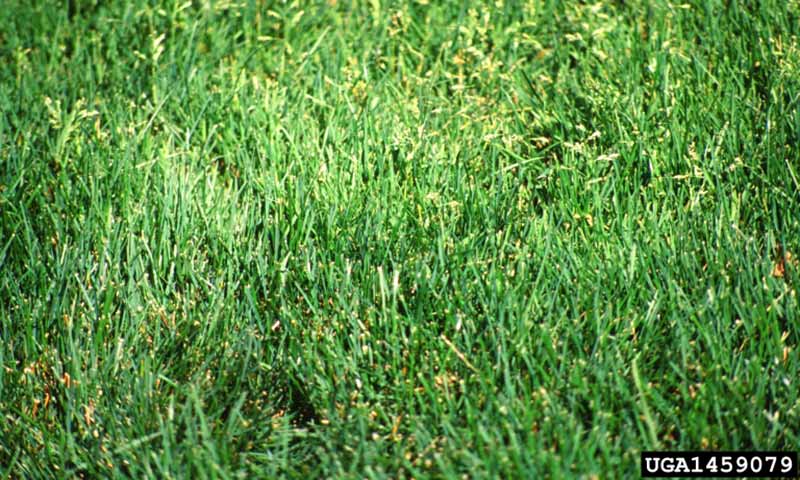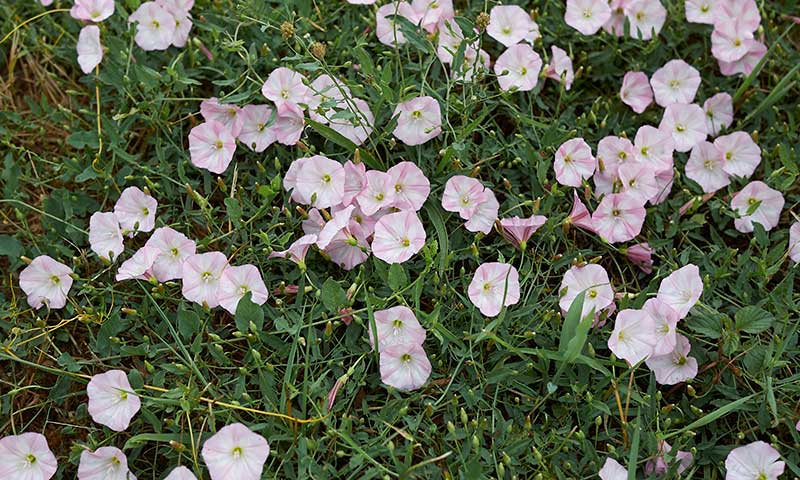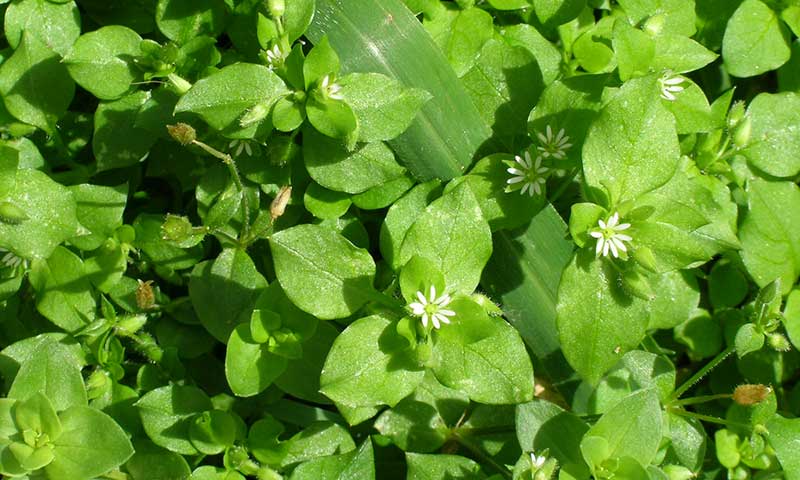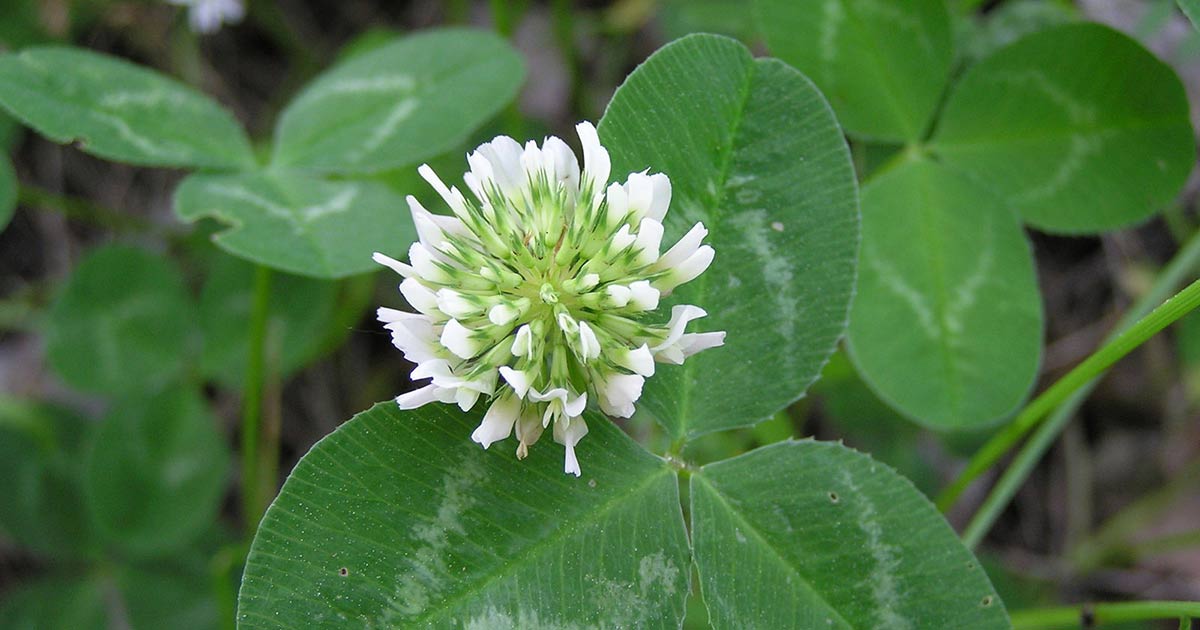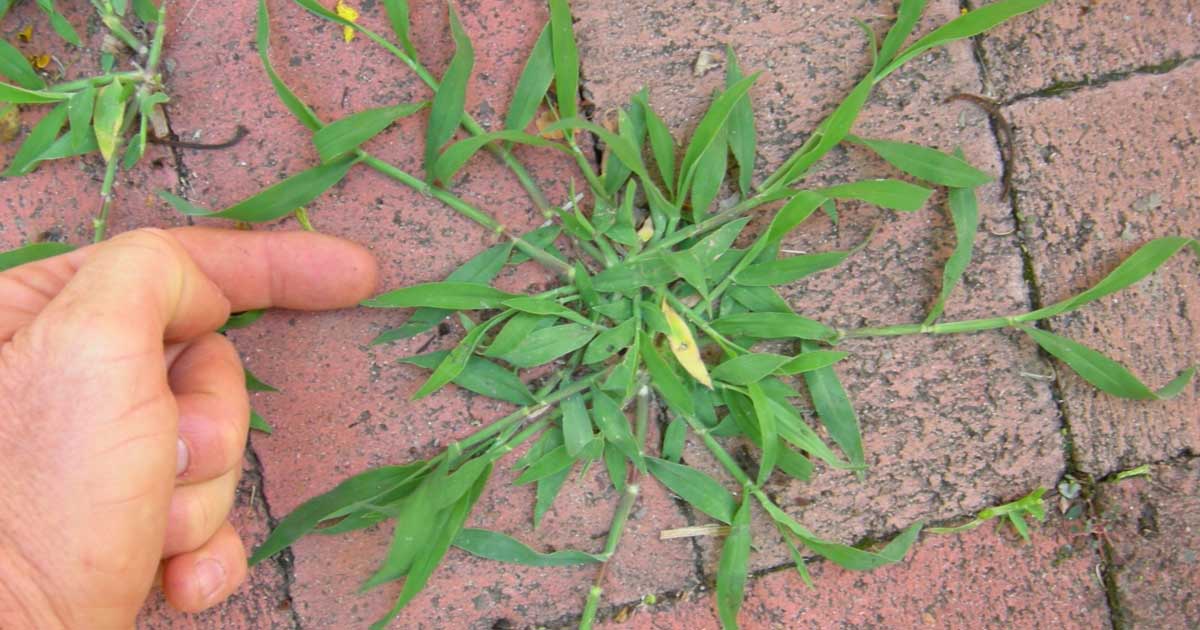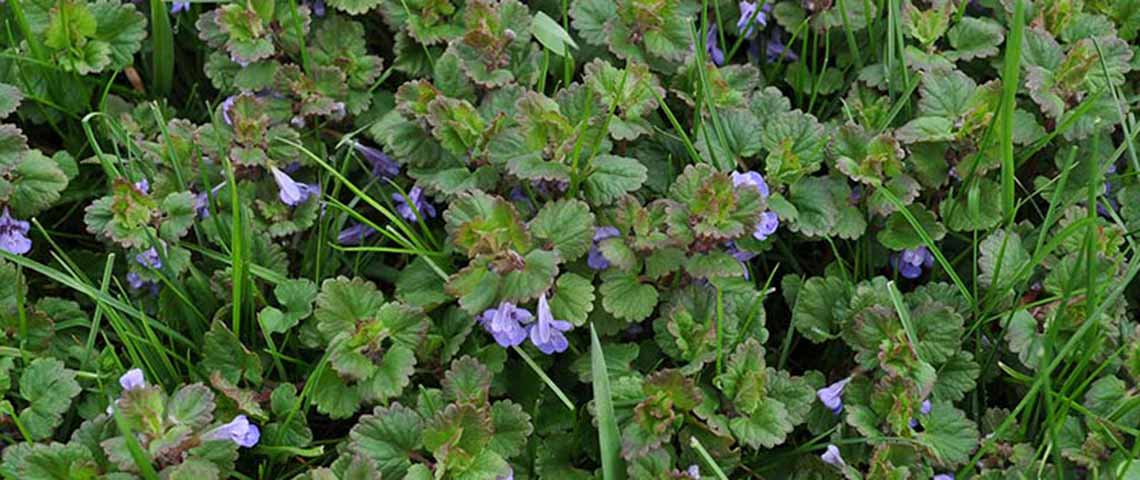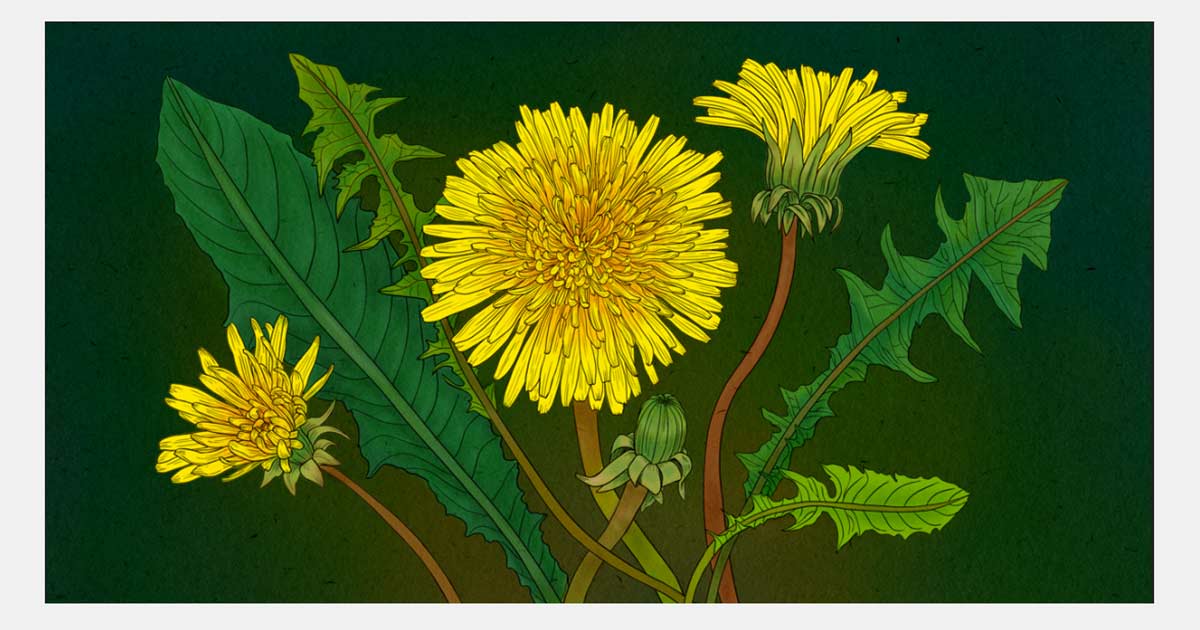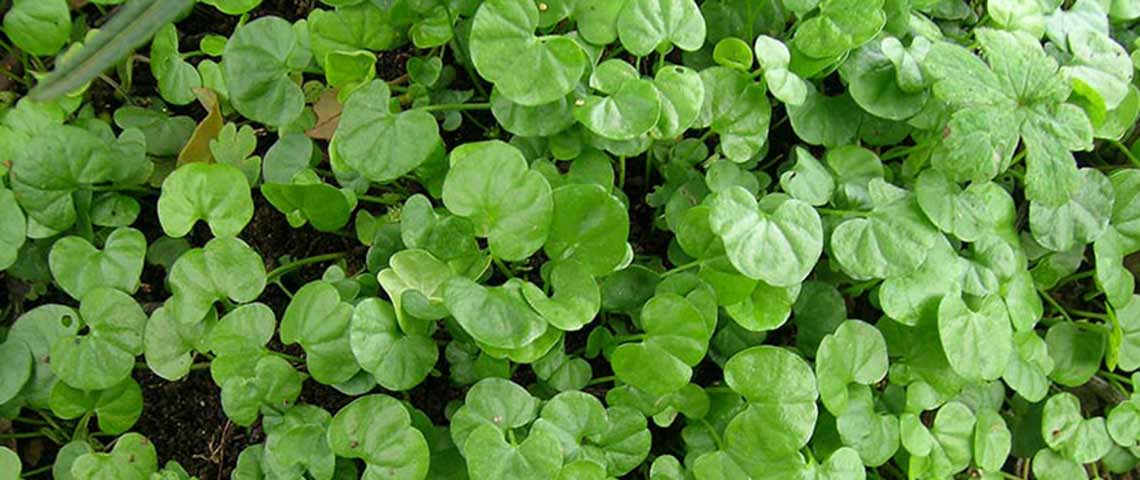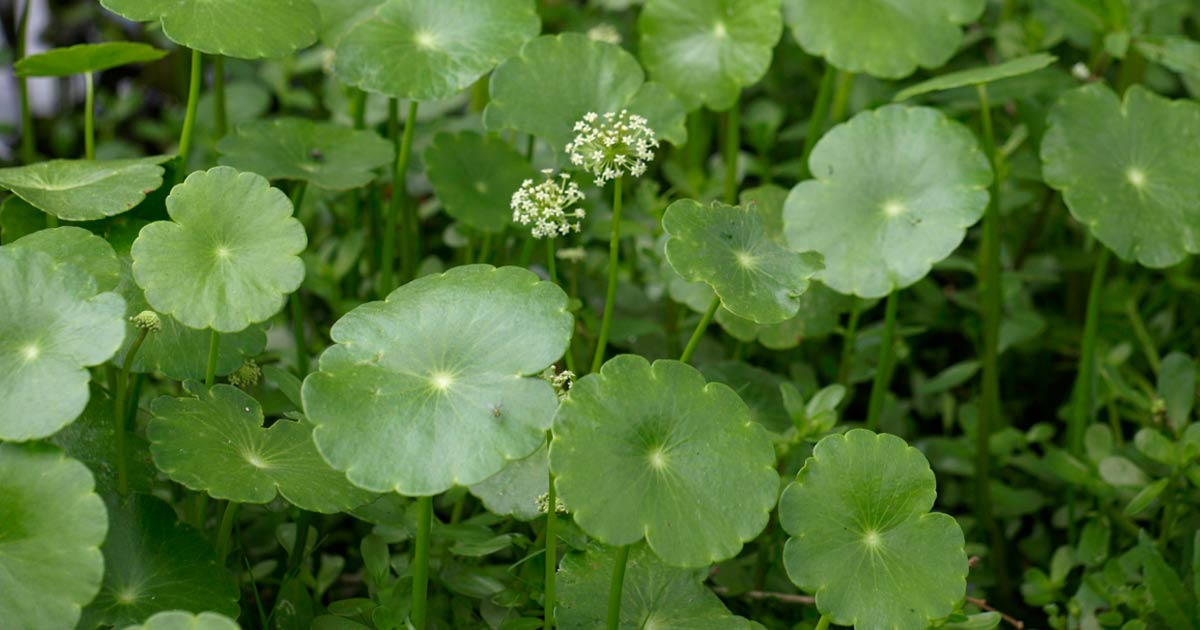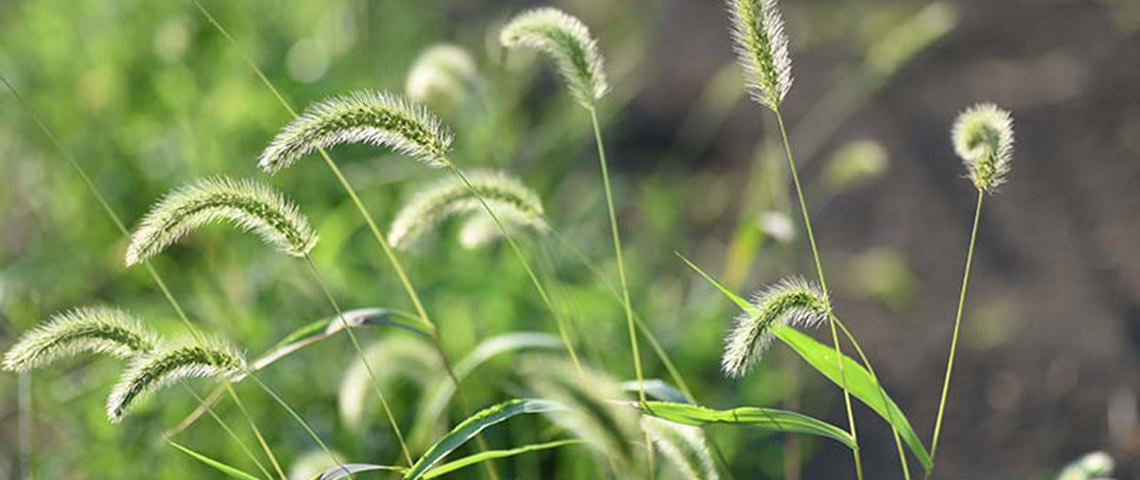Identify and Kill Nutsedge or Nutgrass in Lawns

Yellow and purple nutsedge are tenacious, aggressive weeds that spell trouble for lawn owners. Also known as nutgrass, nutsedges often escape control because they're not like weed grasses or broadleaf weeds targeted by most weed killers. These perennial weeds are sedges that come back year after year and reproduce in ways that complicate their control.
By understanding these nutsedge basics and treating effectively, you can kill and control these difficult lawn weeds:
- Identifying Nutsedge in Your Lawn
- Understanding How Nutsedge Spreads
- Controlling Yellow and Purple Nutsedge Effectively
- Protecting Your Lawn Against Nutsedge
IDENTIFYING NUTSEDGE IN YOUR LAWN
Nutsedge makes itself known during periods of rapid summer growth as it outcompetes heat-challenged lawn grasses for water and nutrients. The bright yellow-green leaves of yellow nutsedge stand out clearly against turf, as do the dark green leaves of its purple relative. Left to grow tall, nutsedges produce distinctive spiky flower clusters: yellow-brown for yellow nutsedge and purple-brown for purple nutsedge.
The key identifying feature for these difficult weeds is their triangular stems. Roll the stems between your fingers, and you'll understand the meaning of the old-time rhyme "sedges have edges." In contrast, grasses have round stems. Shiny, smooth nutsedge leaves have a distinct center rib and form a "V" shape.
Nutsedge outbreaks often start in moist, poorly drained lawn areas, where they quickly develop into large colonies. Their extensive root systems may reach up to 4 feet deep.1 Once established, these weeds can tolerate drought.
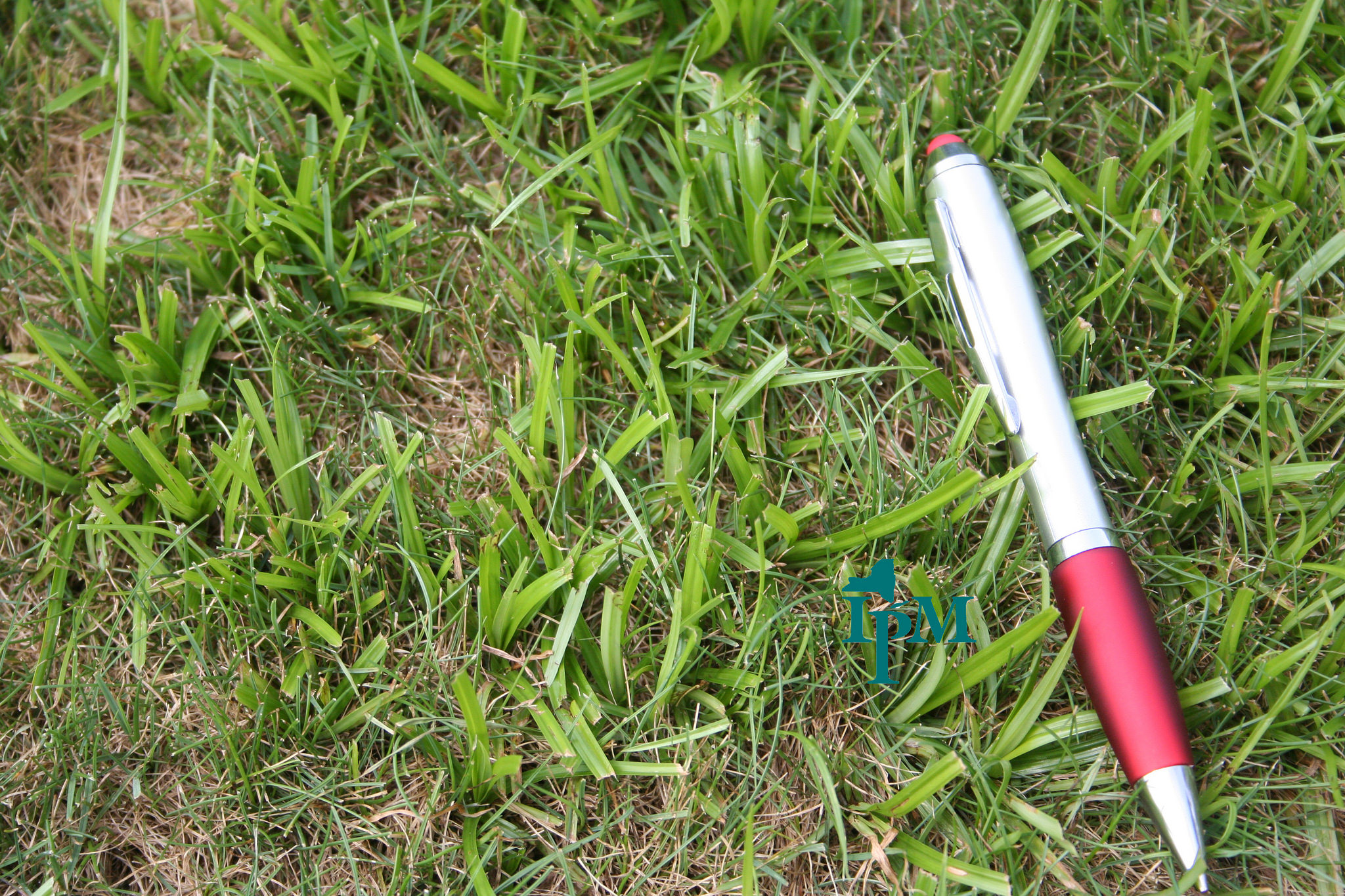
Yellow nutsedge leaves stand out easily in lawns.
UNDERSTANDING HOW NUTSEDGE SPREADS
Nutsedges spread and reproduce in several ways. Plants may flower and release seeds that germinate and sprout into new plants. These weeds also spread via underground stems, known as rhizomes, which send up shoots that become new plants. However, the most prolific means of nutsedge reproduction is through underground tubers known as "nutlets."
Yellow nutsedge rhizomes only produce single nutlets, but purple nutsedge rhizomes produce rows of nutlet tubers along their length. Even so, one yellow nutsedge plant can produce thousands of nutlets each year, which can each eventually produce nutsedge patches several feet wide.1,2
Most nutlets form within 6 to 10 inches of the surface, but they may reach 18 inches deep.1 Those depths protect nutlets from the effects of many common herbicides and cold winter weather that might otherwise kill them. Nutlets may survive hidden deep in soil for up to 10 years before emerging to produce new nutsedge plants.2 When they appear, the tough sprouts can pierce through thick mulches, including landscape fabrics.
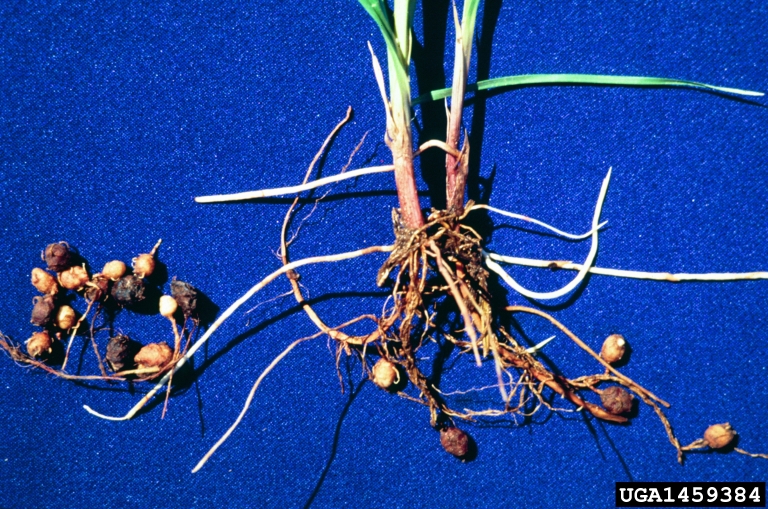
Nutlets formed below ground stay viable for many years.
CONTROLLING YELLOW AND PURPLE NUTSEDGE EFFECTIVELY
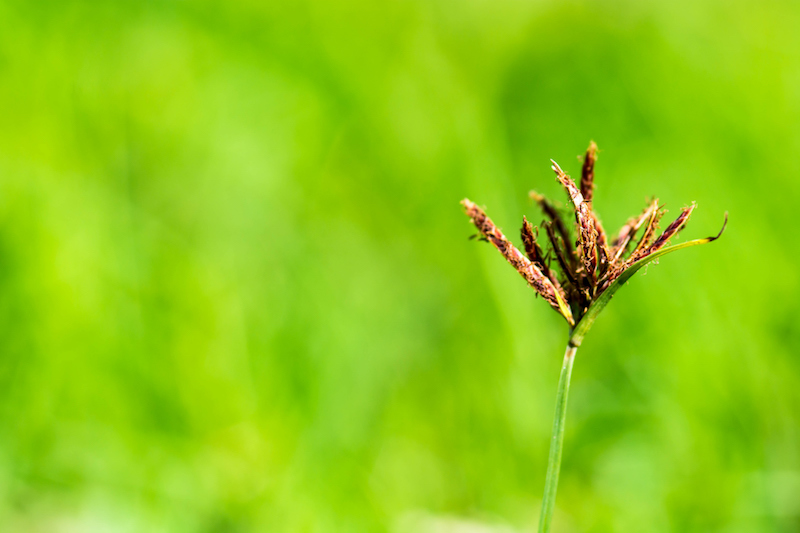
Purple nutsedge has a purplish brown flower head.
Effective treatment and control of yellow and purple nutsedges calls for products designed to overcome the unique challenges of these difficult weeds. Image Herbicides Nutsedge Killer for Southern Lawns Concentrate kills yellow and purple nutsedge in established lawns through a special ingredient that starves these weeds to death.
Available in a convenient ready-to-spray formula and an economical concentrate, Image Herbicides Nutsedge Killer for Southern Lawns delivers visible results in one to two weeks and kills weeds completely in three to five weeks. Used as directed, this product will not harm established warm-season lawn grasses, including Bermuda grass, Centipede grass, St. Augustine grass, Zoysia grass and Buffalo grass.*
For established cool-season lawn grasses, such as Kentucky bluegrass, tall and fine fescues, perennial ryegrass and rough bluegrass, Image Herbicides Crabgrass, Nutsedge & Weed Killer For Lawns Ready-To-Spray begins working on contact to kill and control existing nutsedge. This convenient, ready-to-spray product provides visible results in three to seven days and kills yellow nutsedge within two to three weeks. Purple nutsedge may need repeat treatment every three to four weeks for effective control.
Treat nutsedge in summer lawns after turf greens up in spring and before winter dormancy sets in. Only treat while nutsedge and lawn grasses are both actively growing. Maximize your results by treating during late spring and early summer, when nutlets and seeds sprout and still have less than five to six leaves. This timing hits these young weeds at their most vulnerable and kills them before new nutlets start forming in mid to late summer.1,2
PROTECTING YOUR LAWN AGAINST NUTSEDGE
By practicing good lawn care basics, you can protect against nutsedge invasions and give your grass an advantage over these aggressive weed pests. Healthy, vigorous grass is an excellent defense against yellow and purple nutsedge in lawns.
Take steps to correct low-lying, poorly drained areas and avoid overwatering. Instead of frequent shallow irrigation, irrigate deeply and infrequently. This supports deep, healthy grass roots and enhances resilience. Nutsedges thrive in compacted soil, so aerate your lawn as needed. Mow your lawn at the recommended height for your grass type. Mowing too short can stress turf grasses and encourage nutsedge growth.2
Yellow and purple nutsedge are tenacious lawn weeds, but you can take them on with confidence. Image brand is here to help you free your lawn from yellow and purple nutsedge and other difficult weeds, and put you back on track to enjoy your lawn and home.
*Always read product labels thoroughly and follow instructions, including guidelines for specific lawn grass types and weeds.
Worry Free and Image are registered trademarks of Central Garden & Pet Company.
Sources:
1. Schonbeck, M., "Weed Profile: Yellow Nutsedge (Cyperus esculentus) and Purple Nutsedge (C. rotundus)," Cooperative Extension System, June 2015.
2. Patton, A. and L. Beck, "Yellow Nutsedge," Purdue University Extension, July 2014.
Photo credit:
Howard F. Schwartz, Colorado State University, Bugwood.org CC BY 3.0 US
NY State IPM Program at Cornell University, CC BY 2.0
Steve Dewey, Utah State University, Bugwood.org, CC BY 3.0 US

